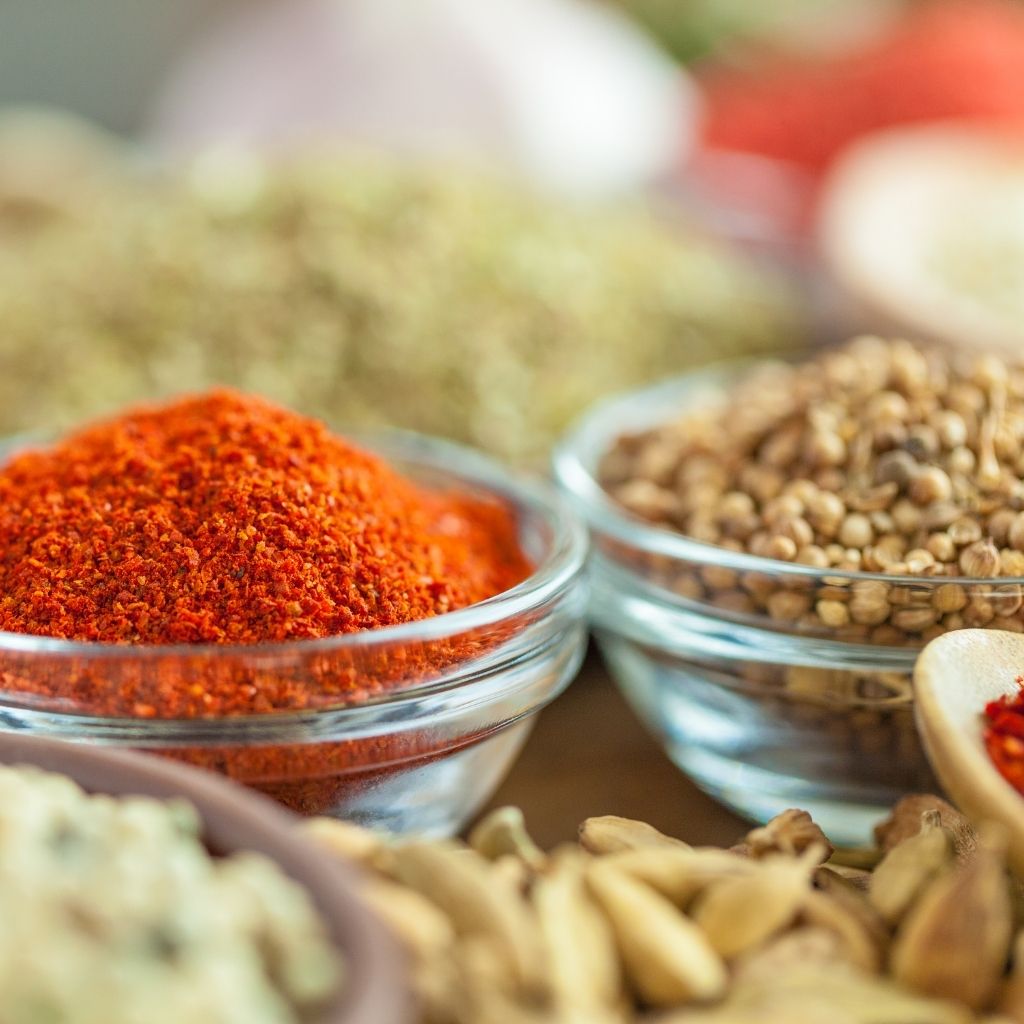
Sage: Sage is an herb with a distinctive earthy and slightly peppery flavor. It’s frequently used to season poultry, sausages, and stuffing.
Emulsifiers and Stabilizers:
Emulsifiers and stabilizers are crucial for combining ingredients that would naturally separate, like oil and water. These substances are found in many processed and packaged foods, including:
Lecithin: Lecithin is commonly used in chocolate production and as a natural emulsifier in salad dressings and baked goods.
Guar Gum: Guar gum is a stabilizer used to improve the texture and consistency of foods like ice cream and gluten-free baked goods.
Xanthan Gum: Xanthan gum is an effective thickener and stabilizer in foods like salad dressings, sauces, and gluten-free products.
Antioxidants:
Antioxidants are used to prevent food from deteriorating due to oxidation. They can help maintain the color and flavor of various food products. Common antioxidants include:
Vitamin C (Ascorbic Acid): Ascorbic acid is used to prevent fruits and vegetables from browning and canning items. It’s also used in the production of sausages to stabilize color.
Vitamin E (Tocopherols): Tocopherols are often added to prevent oxidation in various cooking oils and fats.
Culinary Creativity:
While the primary ingredients in a dish provide the foundation, these other ingredients act as the brush strokes and accents, adding depth, dimension, and character. By creatively combining condiments, sweeteners, flavor enhancers, specialty items, dried herbs and spices, emulsifiers, stabilizers, and antioxidants, chefs and home cooks can craft extraordinary culinary experiences. For instance, an adventurous chef might pair balsamic vinegar with strawberries and fresh basil for a unique salad. A baker might use honey and ground cinnamon to create a fragrant and sweet cinnamon swirl bread. Or, an innovative ice cream maker might employ lecithin and xanthan gum to produce a delightfully creamy and scoopable frozen dessert.
Health Considerations:
While these other ingredients are valuable in the culinary world, it’s essential to consider their health implications. Some, like sugar-laden sweeteners and highly processed emulsifiers, may raise health concerns. To make more health-conscious choices, consider the following guidelines:
Opt for Natural Over Artificial: Whenever possible, choose natural condiments, sweeteners, and flavor enhancers over artificial ones. They often contain fewer additives and preservatives.
Balance Sweetness: When using sweeteners, consider moderation. Alternatives like honey and maple syrup, in appropriate quantities, can provide sweetness with added flavor complexity.
Prioritize Quality: High-quality, natural ingredients like truffle oil and saffron can make a significant difference in the taste and appearance of dishes.
Practice Wise Label Reading: For packaged foods, review ingredient labels to identify unhealthy additives, excessive sugar, and artificial components.
Customize for Nutrition: Certain other ingredients can enhance the nutritional value of foods. Consider enriching dishes with added vitamins, minerals, and probiotics for improved health benefits.
In summary, these other ingredients are like the unsung heroes of the culinary world. They’re the secret ingredients, the enhancers, and the artists’ palette that transform ordinary dishes into extraordinary culinary creations. By understanding the diversity of these ingredients and their roles, as well as making informed and health-conscious choices, you can take your cooking to new heights, creating delicious, nutritious, and memorable meals.”